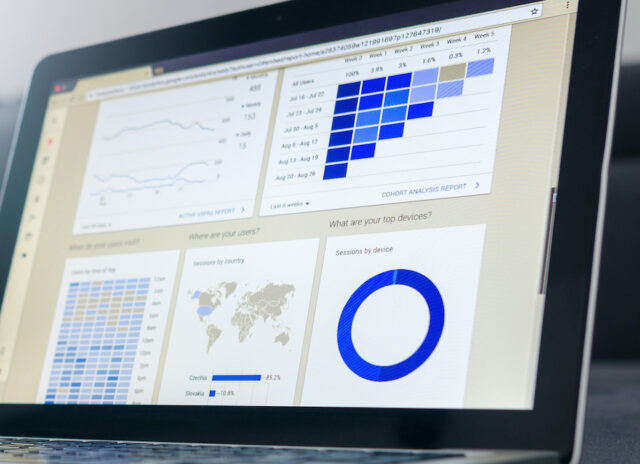European Commission Consultation on a European single access point (ESAP) for financial and non-financial information publicly disclosed by companies
| Eurosif, the European Sustainable Investment Forum, is very supportive of the initiative of the European Commission to create a European Single Access Point (ESAP). We think the successful development, design and rollout could help European financial markets tremendously in accessing sustainability related data and therefore starting to price sustainability risks and impacts in financial decisions. To achieve this success though, we believe that a few key principles should be guiding the actions of the European Commission.
FIVE CONCRETE REMARKS
(1) The European Commission needs to have a clear & targeted objective, which clearly identifies the user group.
(2) The quality of information made available in the ESAP matters – it needs to be credible, compatible and verified (quality).
(3) It is important that the creation of the ESAP is sequenced well with other policies to guarantee the quality. (NFRD, EFRAG’s sustainability reporting standards, EU Taxonomy)
(4) The accessibility of data will be key.
(5) The ESAP will certainly help but it will not be an alternative solution for the need to have more robust transparency around ESG data and ratings providers. In turn, it could help data and rating providers to improve their services.
AN EXTENSIVE OVERVIEW
| First, the Commission needs to have a clear and targeted objective, which clearly identifies the user group.
We believe the ESAP should focus on financial and sustainability information from companies either listed on EU regulated markets or required under the EU Non-Financial Reporting Directive (NFRD) to produce a non-financial report, which will likely evolve as part of the review foreseen in 2021. This would include information under Article 8 of the Taxonomy Regulation, which requires disclosure of the alignment of revenues, capital expenditure (CAPEX) and operational expenditure (OPEX) with the objectives of the Taxonomy. The Commission should be cautious about seeking a too large scope of information covered by other pieces of EU legislation, such as financial product legislation. While a European tool or database for the latter may be highly welcome, it would serve a very different user-group.
| Second, the quality of information made available in the ESAP matters
Investors may only be willing to bear some of the costs related to the creation of the ESAP if it provides high-quality, raw information. By quality information that has been audited, we mean one that has been subject to some form of assurance or independent verification. For Small-and Medium-sized Enterprises (SME), we believe a simplified set of requirements should be possible. As other companies, SMEs would be able to voluntary disclose on part of the information, provided that the information integrated into the ESAP is subject to the same audit, assurance or verification requirement. Once investors know that the ‘raw data’ in the ESAP is reliable, they may have a higher willingness to contribute to covering some of the costs through reasonable and transparent user fees. That may be more so as the ESAP meets a demand that is currently met through data providers which can come at a significant cost for asset managers and investors.
| Third, it is important that the creation of the ESAP is sequenced well with other policies to guarantee the quality
Before an ESAP can be launched, it will probably require a political agreement on the review of the NFRD as well as possibly the development by the EFRAG of European sustainability reporting standards with concrete indicators. These standards and indicators will for example help tremendously with the concrete application of the EU Taxonomy. That will ensure that the information subsequently input is of a sufficiently high quality and comparability. Moreover, a key challenge will be the data and information required to apply the EU Taxonomy.
| Four, the accessibility of data will be key.
Here, since the ESAP may carry significant costs, we would suggest that the costs should be commensurate with the value for investors and other users. If the ESAP is only a secondary source of information, referring back to existing national databases, the added value compared to the status quo may be limited. The ESAP would have much higher value if it were to be the primary source of information. Obviously, the information should be easily accessible, storable (download) and machine-readable as far as possible.
| Fifth, the ESAP will certainly help but it will not be an alternative solution.
Finally, the ESAP in itself will not be a substitute or a solution to the need to have more robust transparency around ESG data and ratings providers, particularly when it comes to de quality and availability of ‘raw data’ that underpins the data solutions.
Please find more information on Eurosif here.
| Eurosif
| All opinions expressed are those of the author. investESG.eu is an independent and neutral platform dedicated to generating debate around ESG investing topics.









